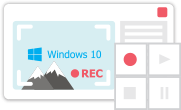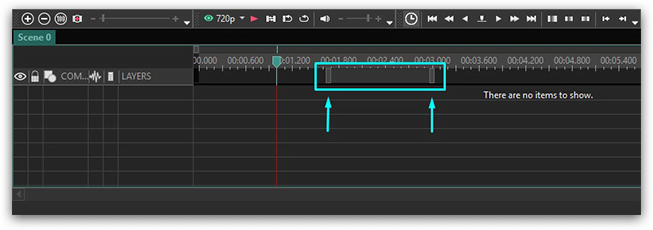Video Editor
Use free video software to create and edit videos of any complexity from a family greeting card to a company presentation. Cut, merge video files, apply visual and audio effects, use filtration and image correction, make slideshows and add an appropriate soundtrack. Use multi-color Chroma Key and advanced parameters settings to give your video a professional look. All popular video and audio formats are supported.
Video Converter
This program is intended for converting video files from one format to another. Nearly all popular video formats are supported (both reading and saving). In addition, the program drastically simplifies the task of converting videos for playback on specific multimedia devices, such as iPhone, Samsung Galaxy or Huawei P30 Pro. The program is extremely easy to use, has a modern interface and all necessary video processing functions.
Audio Converter
The audio converter will help you convert audio files from one format to another. All key audio formats and codecs are supported. The program also allows you to manage playlists and meta tags, extract audio from video files and save these tracks on your computer in any format.
Audio CD Grabber
This audio tool is intended for grabbing audio tracks from compact discs and saving them to the user’s computer in any format. Nearly all popular audio formats and codecs are supported. The program can also extract track details from the FreeDB server for automatic file renaming and updating meta tags.
Video Editor
Video Converter
Audio Converter
Audio CD Grabber

Multifunctionality
A wide array of multimedia processing tools in one free video software suite.

High speed
Our programs use fast
and high-quality algorithms optimized for single and multi-core CPU’s.

Affordability
VSDC video software is freely available for download to Windows OS-based PCs and laptops.
- This holiday season embraces new beginnings with the latest update of VSDC Video...
- Change is all about improvement, and this process wouldn't be possible without y...
- Intro In 2024 the options range for creating visual effects is incredibly dive...
- Are you ready to explore new heights with the latest major VSDC update? Finally,...
How to export video project from VSDC Free Video Editor and save it in a required format
Once you have finished the work on your project, you will need to save it in one of standard file formats. Open the “Export project” tab on the ribbon command bar to choose one of the available formats and configure necessary parameters.

Here you can choose a device on which you plan to play the video, and a format supported by the chosen device.

Click the arrow specified on the image above to see the whole list of supported devices.

After you have chosen a video format, you need to choose a profile which sets the quality of resulting video. Click the arrow next to the Profile field and select one of the available profiles from the drop-down list.

You can configure your own profile by clicking the "Edit profile…" button and setting properties of video and audio codecs. Use the “Apply profile” button to save changes.

You can also indicate the path to the resulting video on your computer.

Finally, click the “Convert files” button to start the exporting process.

After the conversion is completed, you’ll get a video file of the chosen format and you’ll be able to save it on CD or DVD. Open the “Tools” tab and click the “Disc burner” button. A new window will be open allowing you to burn data to a compact-disc, make multisession discs, edit their content and make DVD video (for this purpose you need to export your video in DVD format).

You can get more information about the program on Free Video Editor description page.
More Articles...

This program allows you to capture the video of your desktop and save it on your PC in various formats. Coupled with a video editor, the program is a great tool for creating presentations, tutorials and demo videos.

The program captures video from external devices and records it to computer in a free format. You can save video from video tuners, webcams, capture cards and other gadgets.

"VSDC Free Video Editor is a surprisingly powerful, if unconventional video editor"
- PC Advisor

"This video editor gives you tons of control and editing power"
- CNet

"The editor handles many common formats and boasts a good deal of capabilities when it comes time to alter lighting, splice video, and apply filters and transitions in post production"
- Digital Trends






